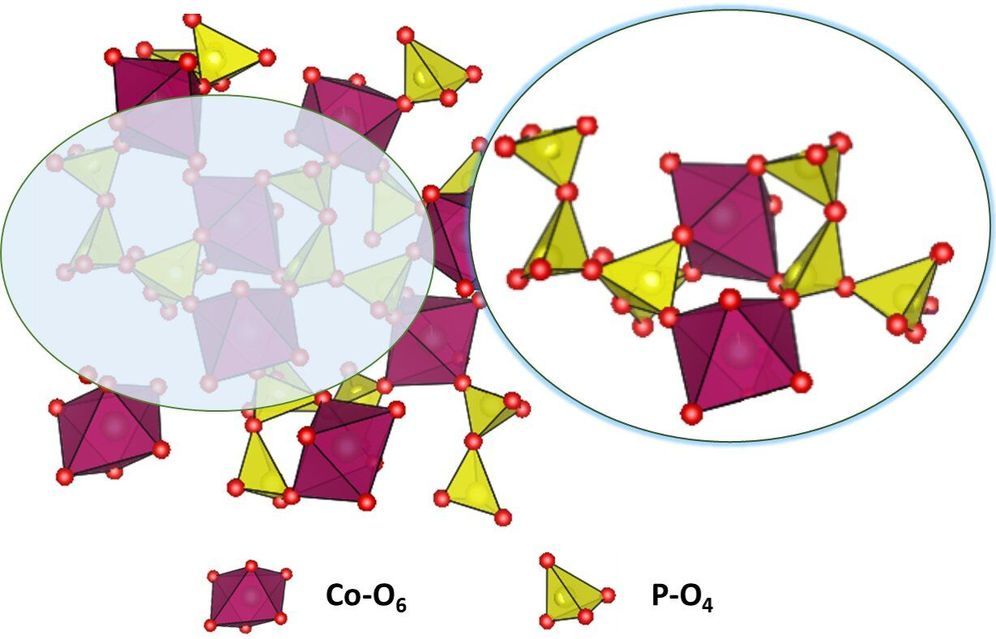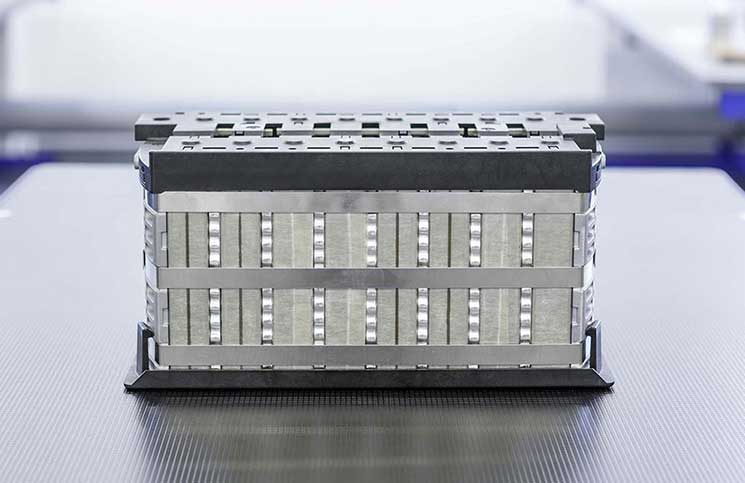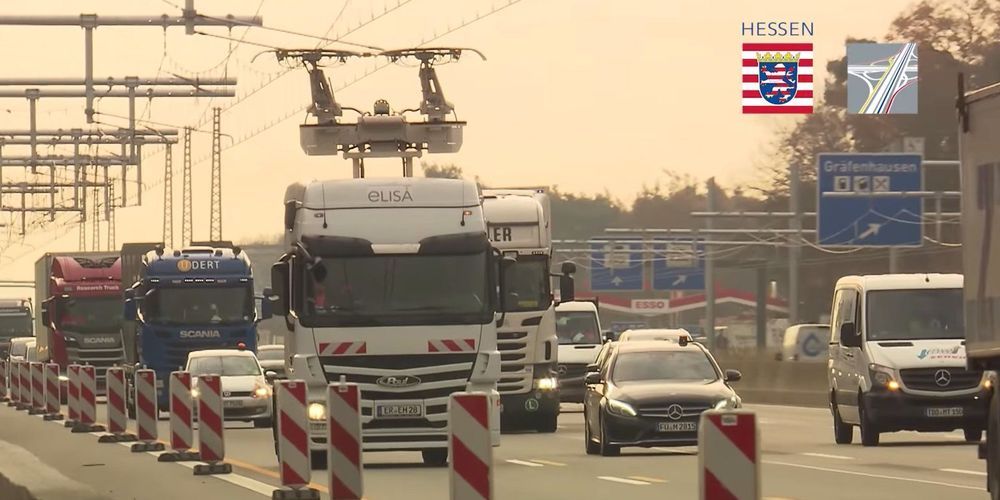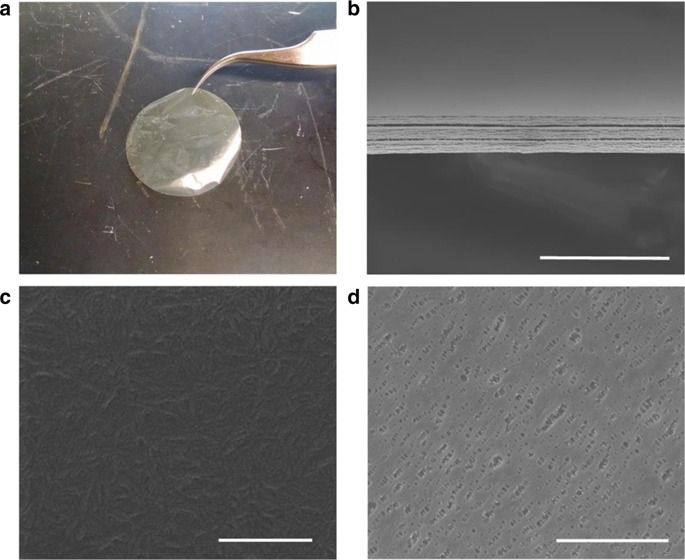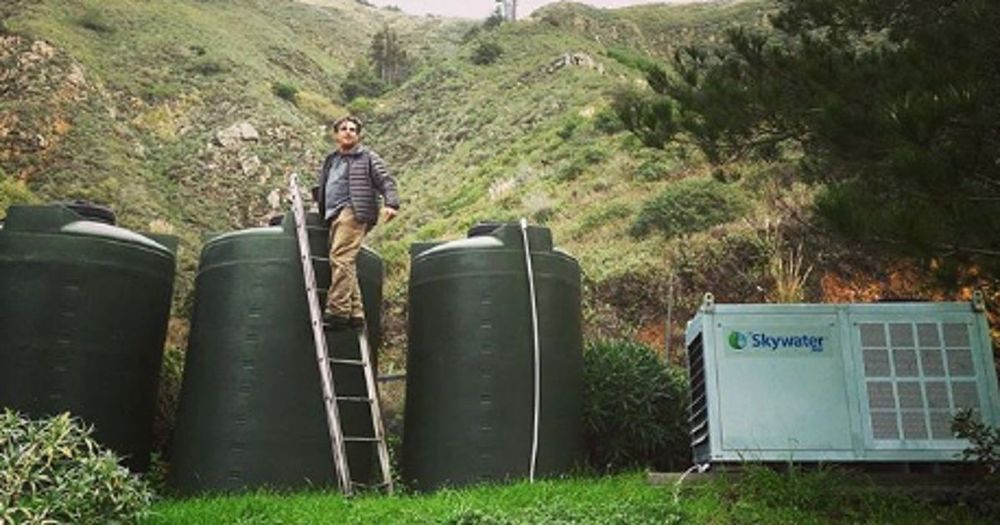May 10, 2019
China charts a path into European science
Posted by Derick Lee in categories: energy, science
The promise of investments in infrastructure and research appeals to many of the economically challenged nations in central and eastern Europe. These countries have battled brain drain, persistent corruption and lack of support for research and development. In this region, Chinese companies are — among other projects — building a bridge to connect two parts of Croatia, although this project stalled in 2012, in part because of funding problems. They are also financing the construction of an energy-efficient ‘smart city’ near the Bulgarian capital of Sofia, which would be the first such development in Europe, according to promoters.
As the Belt and Road Initiative spreads to central and eastern Europe, China’s investments in research and technology are raising concerns in the West.
By Antoaneta Roussi
Continue reading “China charts a path into European science” »





